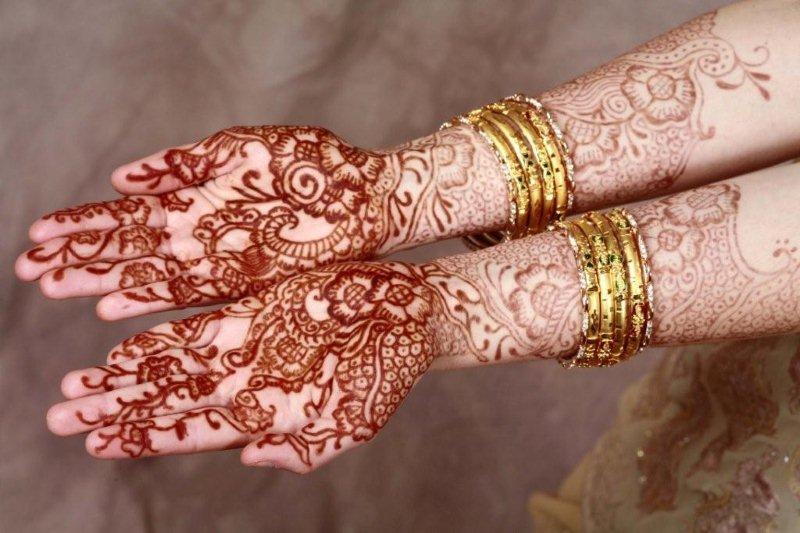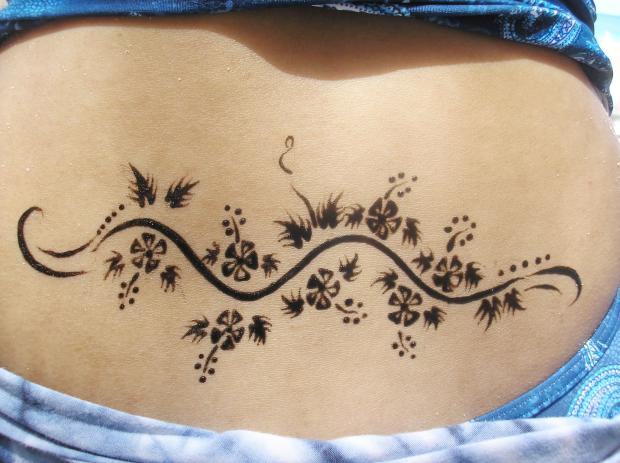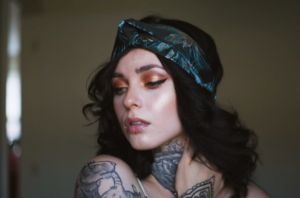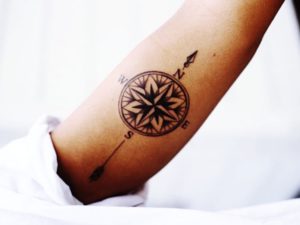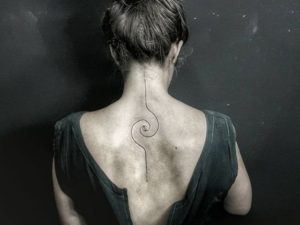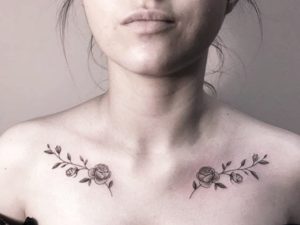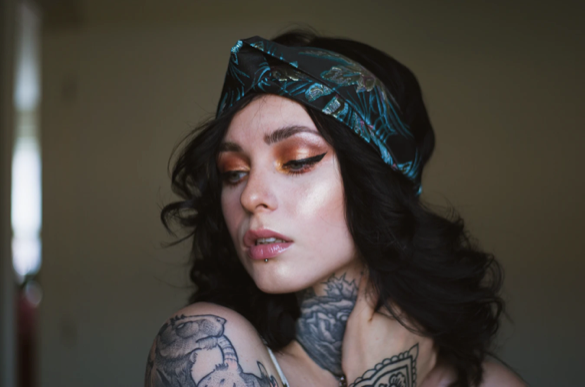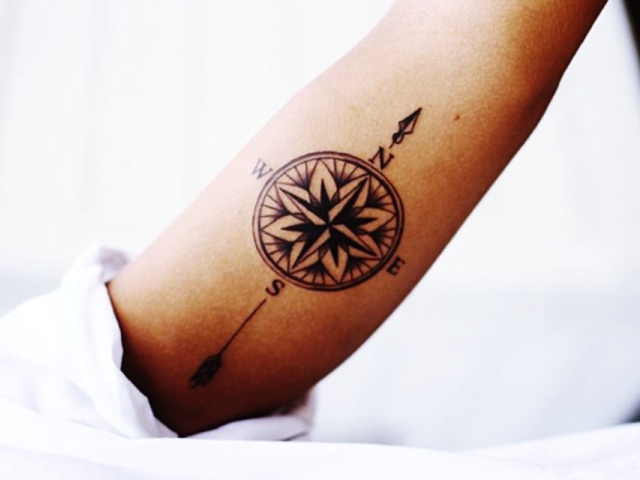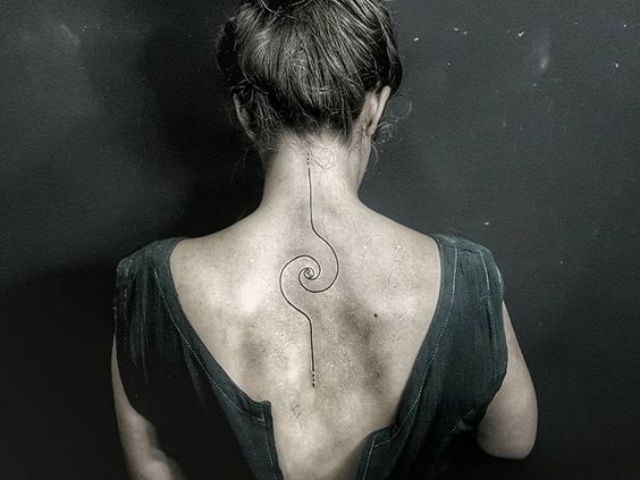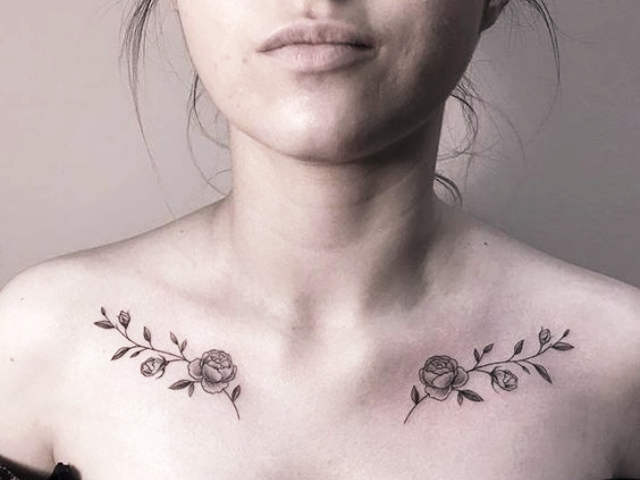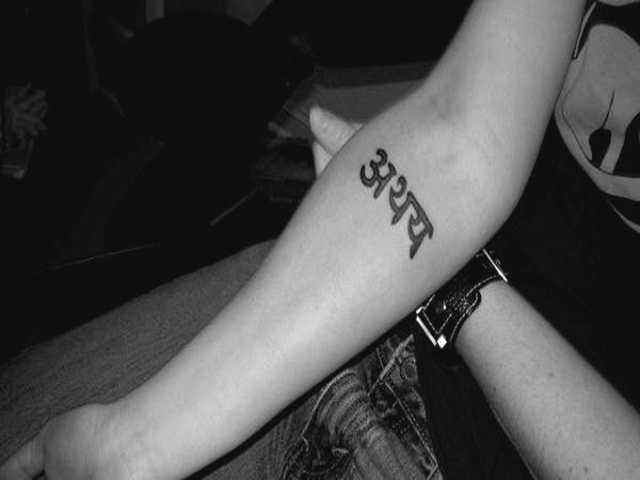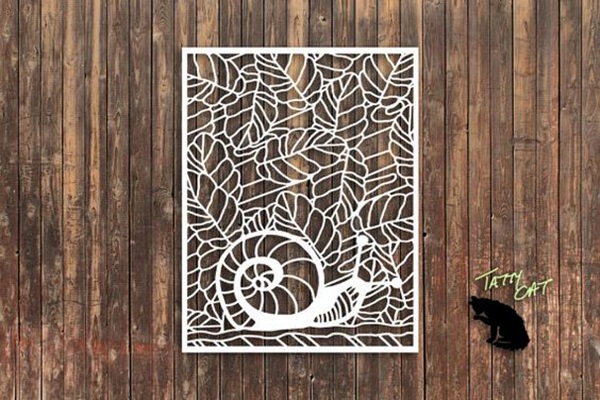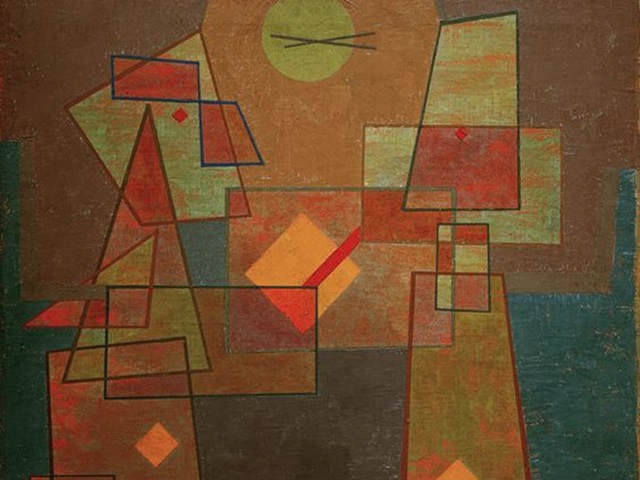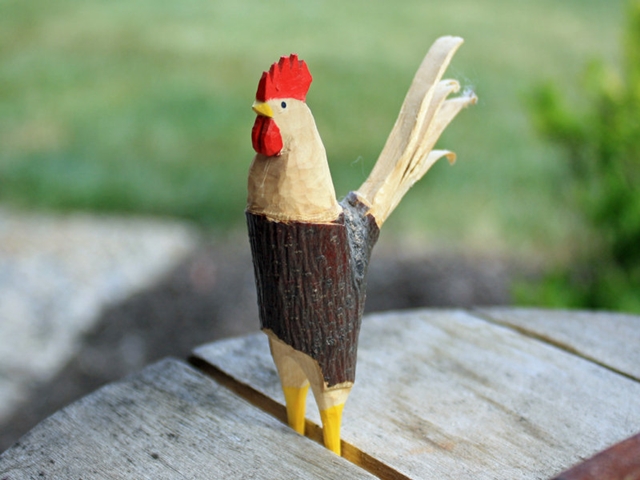When the word tattoo is uttered the image that comes to mind is that of intricate designs in vivid colors done on the skin at great expense, spending lots of time and money. Yes there is the pain factor too. While there is no denying the beauty of tattoos, there are many among us who are daunted by the pain and the permanence of these tattoos. But henna tattoos are not like that. They are easy to do, quite inexpensive, very pretty and remain on your person for about two weeks at the most.
If the people who used to apply this traditionally are to be believed, application of henna on the feet and hands actually has some health benefits. Plus one of the most important factors is the lack of pain apart from the fact that there is no pain.
Here are some facts about Henna Tattoo Designs:
- Henna or mehendi as it is called is actually made from a leaf or the dried powder of the leaf. This is finely sieved and then mixed with ingredients like eucalyptus oil, lemon juice, sugar syrup among many other ingredients to be then poured into a plastic cone or some such device for the purpose of application.
- It is completely harmless to the skin unless you have any specific allergies or are planning to go with Henna dyes that are fortified with chemical coloring agents. While the end results look really alluring you are better off sticking to the herbal version.
We Give Below Some Interesting Facts About The Types Of Henna Designs Out There:
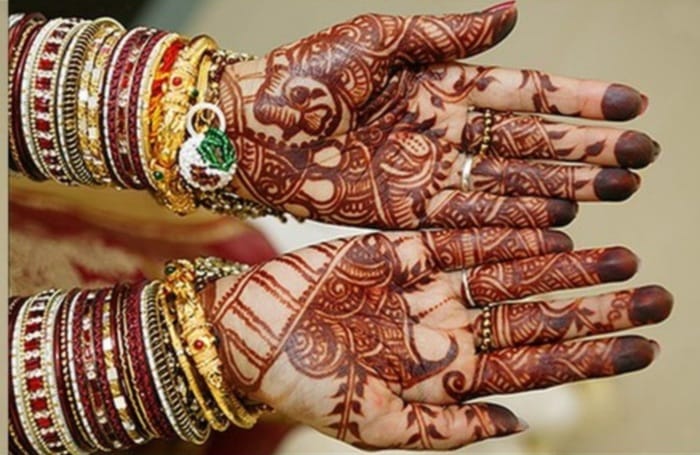
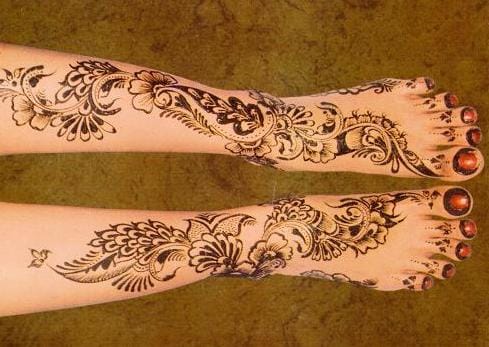

http://silknstone.com 
www.carenstyle.com - Indian Henna: Most parts of India have the tradition of applying henna tattoos to the bride and in some cases the groom on their hands and feet. The designs on the hands of the bride are quite elaborate featuring peacocks, mango motifs, flowers and many intricate patterns. It is also the tradition in many places to write the name of the groom on the bride’s hands hidden in the design. The groom is then asked to look at the design and find his name that is hidden there. The henna tattoos can be applied on the front and back of the hands up to the elbow. The top of the feet is also covered up to the ankle.

